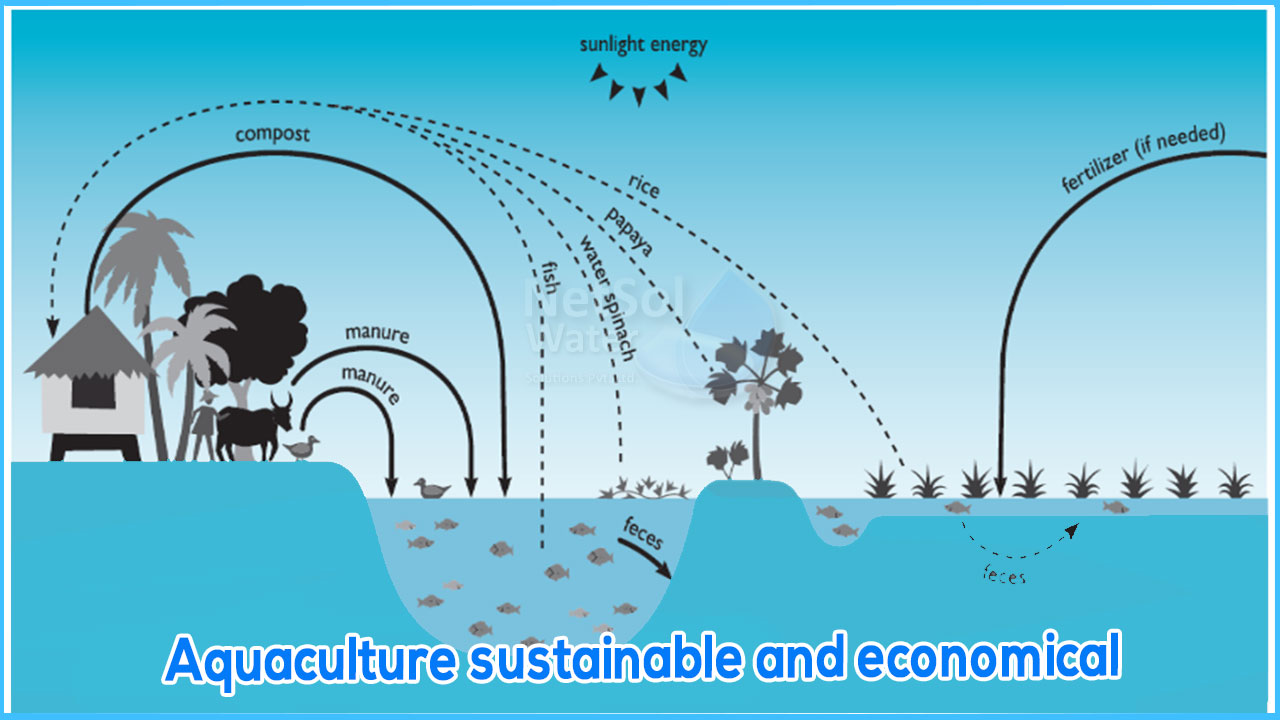Minimizing or eliminating environmental externalities while focusing on social and economic growth is one of the goals of sustainable development. SEEA (Socio-Economic and Environmental Assessment) is concerned with examining socio-economic and environmental issues that may pose a danger to the current state of affairs. SEEA is also concerned with the development of suitable alternatives or management approaches. Because global capture fishing is static or declining, aquaculture will inevitably increase to cover the gap between declining natural production and rising commercial demand.
Aquaculture is the only realistic method of increasing seafood and freshwater fish production. As a result, the aquaculture industries' long-term development has become a requirement. During the last ten years, modern RO technology has evolved significantly in terms of process design, and the emergence of energy recovery units has added some variables to the equation.
By increasing the amount of seafood available for people to eat, aquaculture can improve food security and nutrition. Aquaculture may enhance food production, boost economic growth in coastal and rural communities, and assist to keep rivers clean if done effectively. Food production and environmental care are at the forefront of sustainable aquaculture farming strategies.
Shellfish beds in aquaculture help restore our waterways, Shellfish like oysters, clams, and mussels aren't just good for a beach BBQ; they're also good for the environment. However, these shellfish have largely disappeared from coastal habitats in some locations. Shellfish beds may be restored and farmed to clean the water as they filter feed, serve as home for smaller organisms, and even aid prevent shoreline erosion. Ecosystem preservation, biodiversity protection, and land degradation reversal are all important aspects of sustainable aquaculture.
A free mapping and planning application that examines "ocean neighbourhoods," is an example of advanced technology. It gives crucial information for making well-informed decisions that improve sustainable aquaculture opportunities while reducing potential environmental consequences. It also contains thorough information on habitats and species, as well as current industries in the area and potential aquaculture dangers (such as undersea cables or shipwrecks).
Despite the fact that seas encompass 70% of the Earth's surface, they account for less than 2% of human food production. Fortunately, the number of sustainable aquaculture farms continues to rise in response to our rising population. Aquaculture is increasingly acknowledged as one of the most environmentally sustainable ways to generate food and protein when done ethically. Leading health experts advocate including seafood in one's diet, particularly for pregnant or nursing women and children. For many communities, farmed fish can boost nutrition and food security.
Aquaculture proves to be economical as well, as it creates economic opportunities, Aquaculture provides year-round employment, strengthens working waterfronts and coastal towns, and has the potential to generate long-term economic growth. Other industries, such as seafood processing and feed and equipment manufacturing, benefit from aquaculture.




